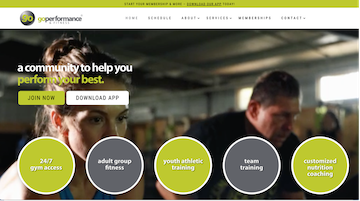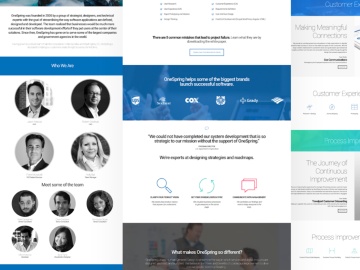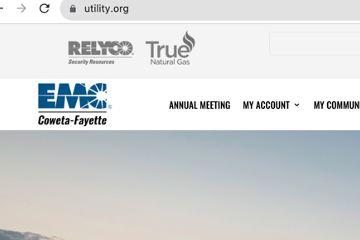Coweta Fayette EMC
Why is UX important for WordPress sites?
Setting up WordPress websites is straightforward, thanks to many available tools, including site editors, plugins, themes, and analytics. Yet, beyond mere tool proficiency, it’s crucial to implement UX design best practices to guarantee a positive user experience on your business website.
Let’s use https://utility.org/ as an example.
Client
Coweta Fayette EMC - is one of the nation`s largest wholesale power supply cooperatives. For over 70 years, they have supplied electricity to homes and businesses in one of America`s fastest-growing regions.
Project Goal:
Redesign a website that would help their clients enhance the quality of life in their community by safely providing dependable, reasonably priced electricity and exceptional customer service for their member-owners.
My Role:
Conduct user research and identify users needs and motivations. Lead the user experience process.
Work closely with clients and marketing.
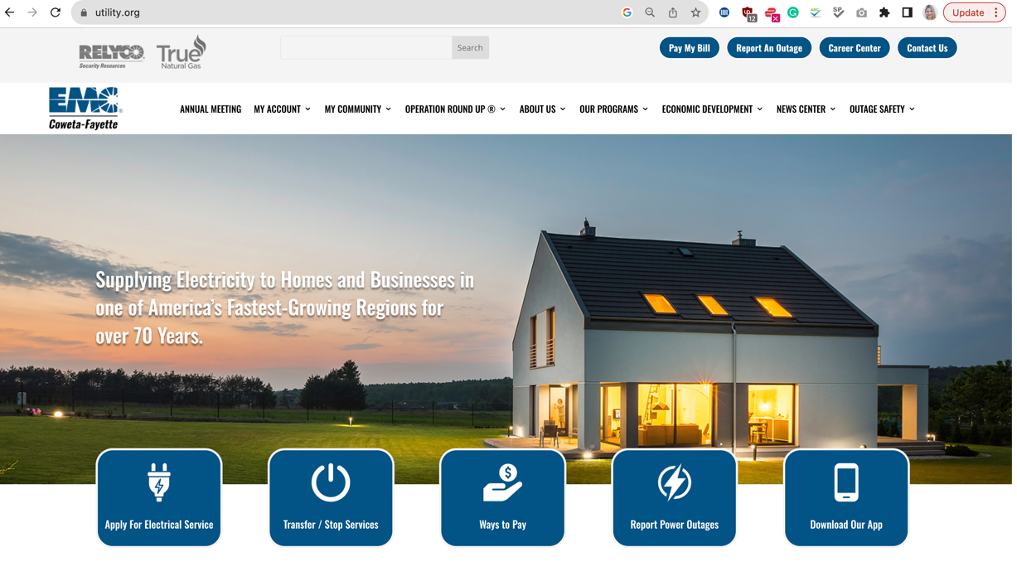
User Experience (UX) is critically essential for WordPress sites for several reasons:
User Satisfaction:
A positive user experience ensures visitors to your WordPress site have a pleasant and efficient interaction with your content. This can lead to higher user satisfaction and increased engagement, encouraging them to stay longer on your site and return in the future.
User Retention:
Good UX can help retain users and reduce bounce rates. Visitors who have a frustrating or confusing experience on your site are likelier to leave and may not return. A well-designed WordPress site can keep users engaged and interested.
Search Engine Optimization (SEO):
Search engines like Google consider UX factors when ranking websites. Elements such as site speed, mobile responsiveness, and user engagement all affect SEO rankings. A positive UX can improve your site search engine visibility, driving more organic traffic.
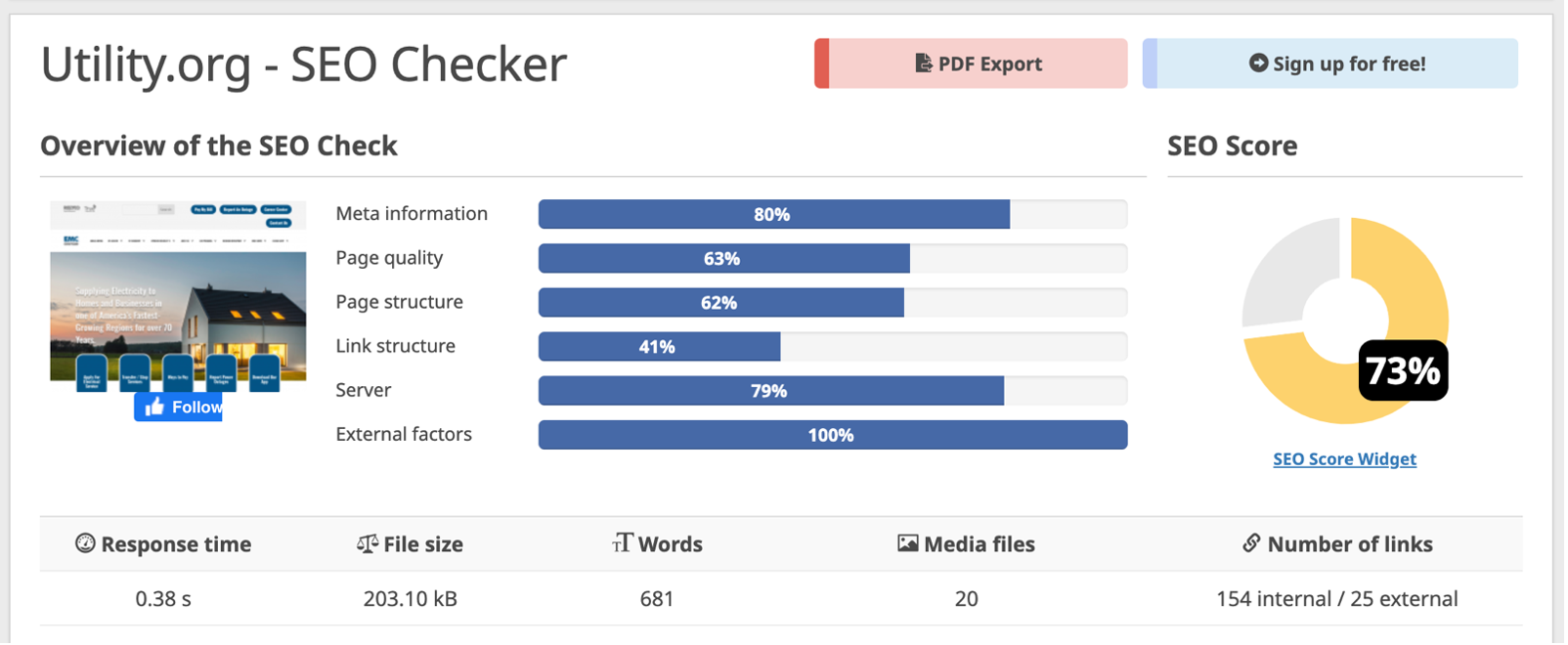
On-page SEO checker
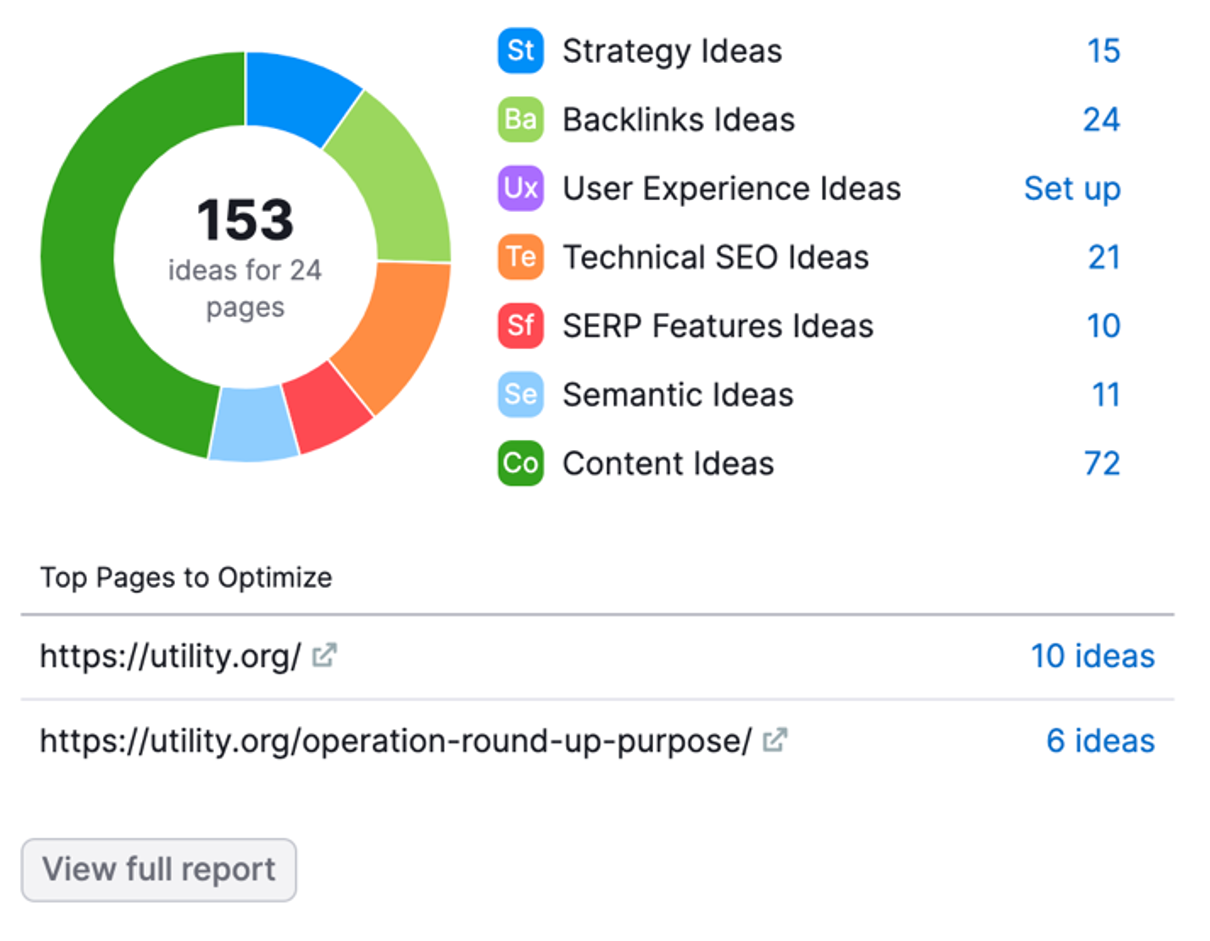
Site Speed

Accessibility:
WordPress sites must be accessible to all users, including those with disabilities. Good UX design includes accessibility considerations, ensuring your content is available to a broader audience, and complying with legal requirements in some regions.
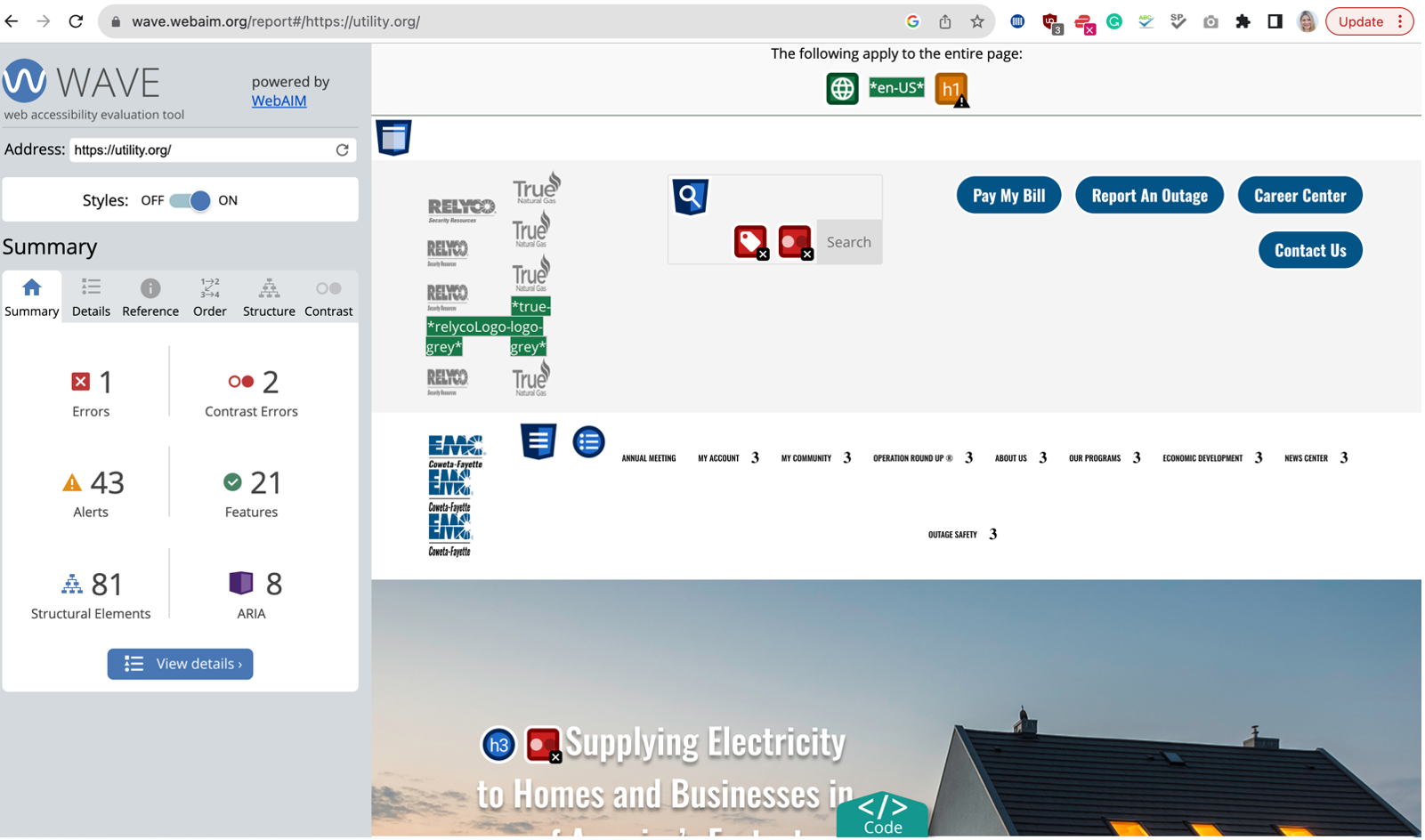
Brand Reputation:
The user experience reflects on your brand or organization. A poorly designed WordPress site can harm your brand reputation, while a well-designed and user-friendly site can enhance it. The UX of a website often influences positive word-of-mouth and online reviews.
Conversion Rates:
A good UX can lead to higher conversion rates if your WordPress site has specific goals, such as selling products, capturing leads, or encouraging user engagement. Straightforward navigation, compelling calls to action, and an intuitive checkout process can all contribute to better conversions.
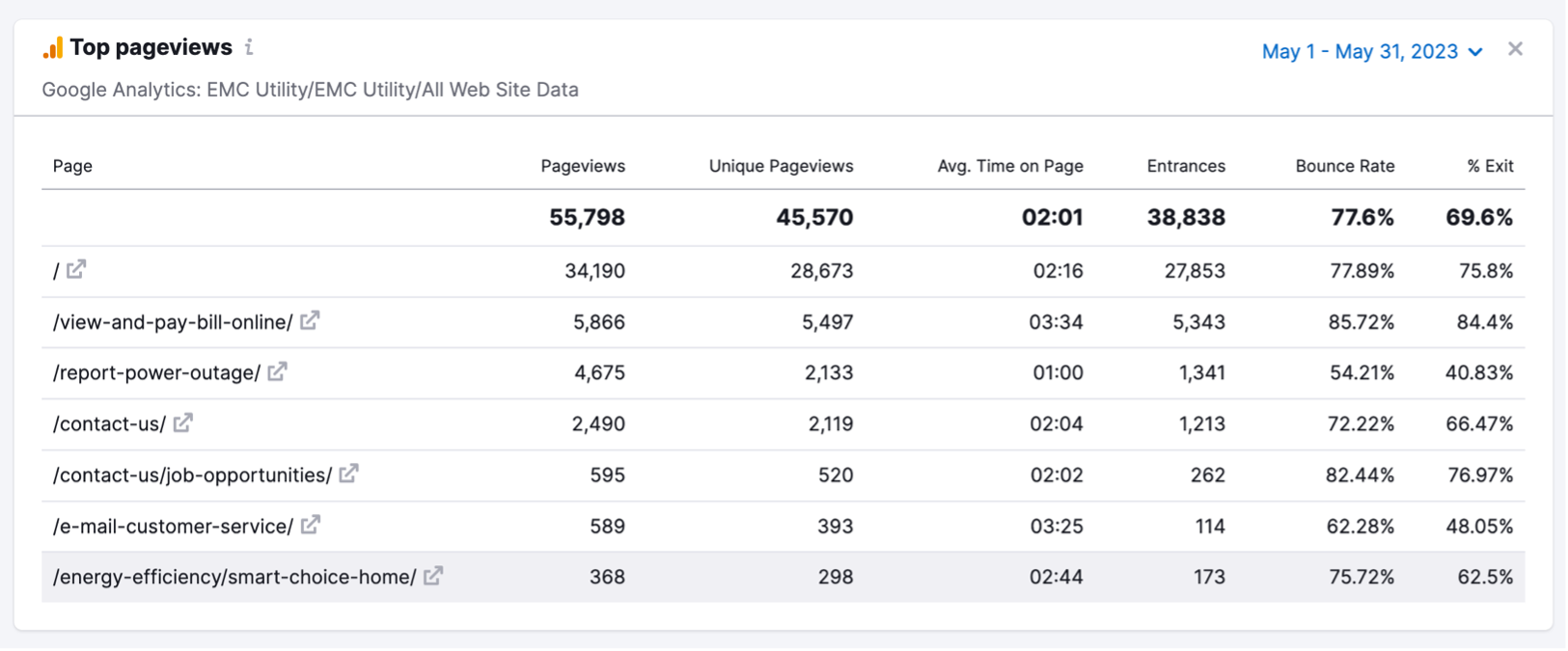
Mobile Responsiveness:
With increasing numbers of users accessing websites on mobile devices, having a responsive design that adapts to various screen sizes is crucial. A good mobile experience can drive mobile users away, positively impacting your site performance.
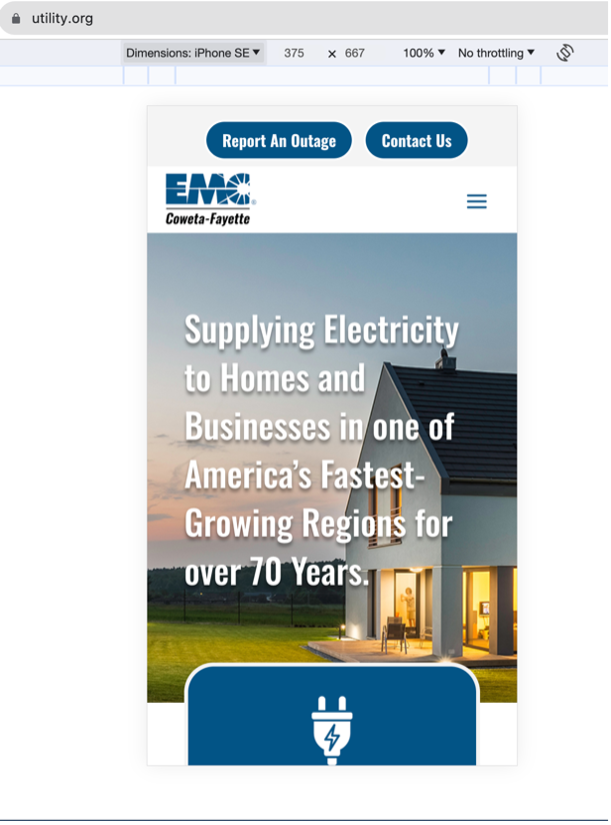
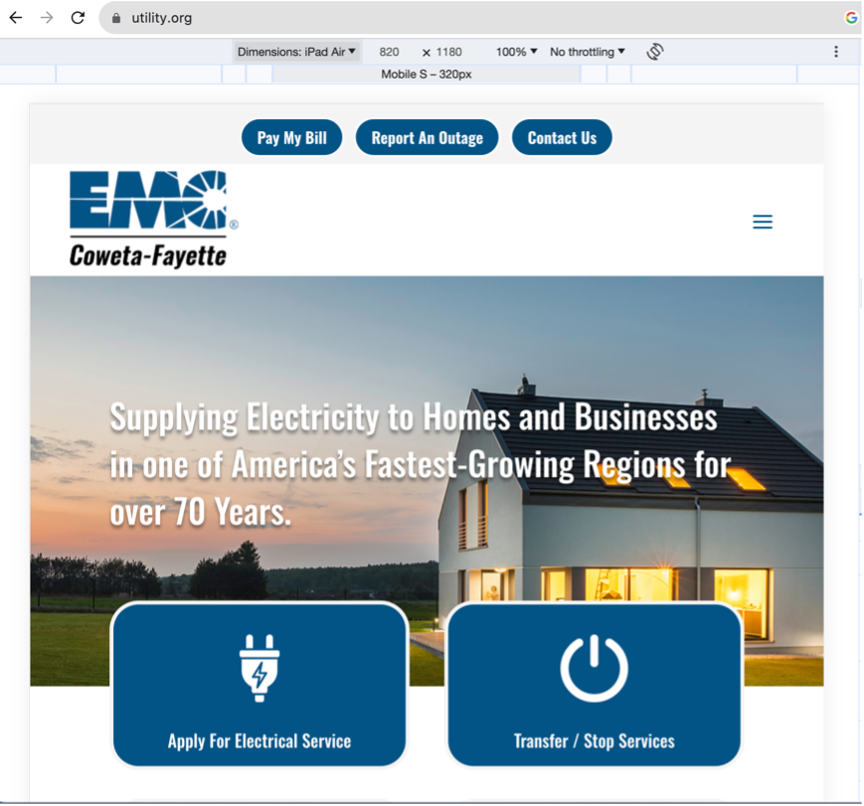
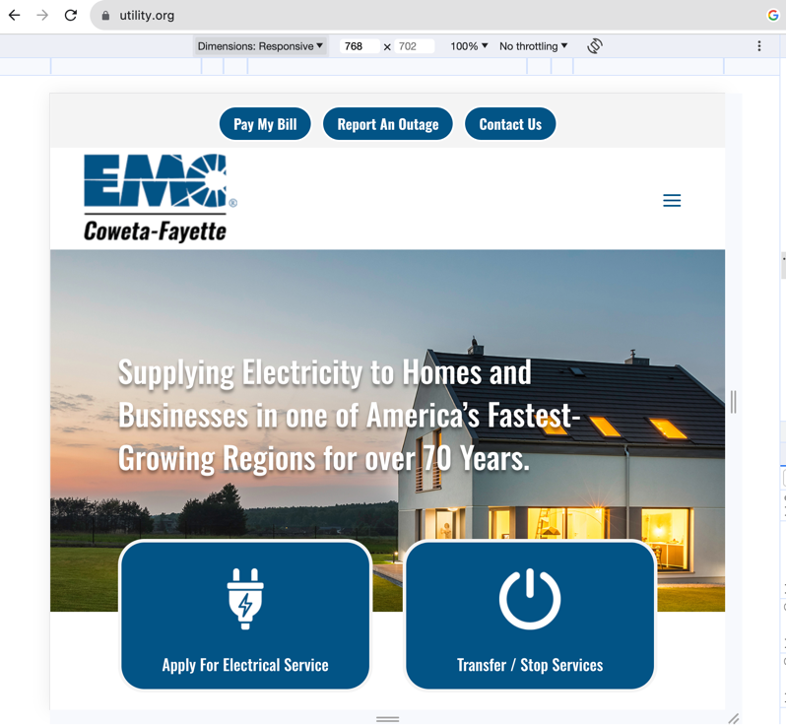
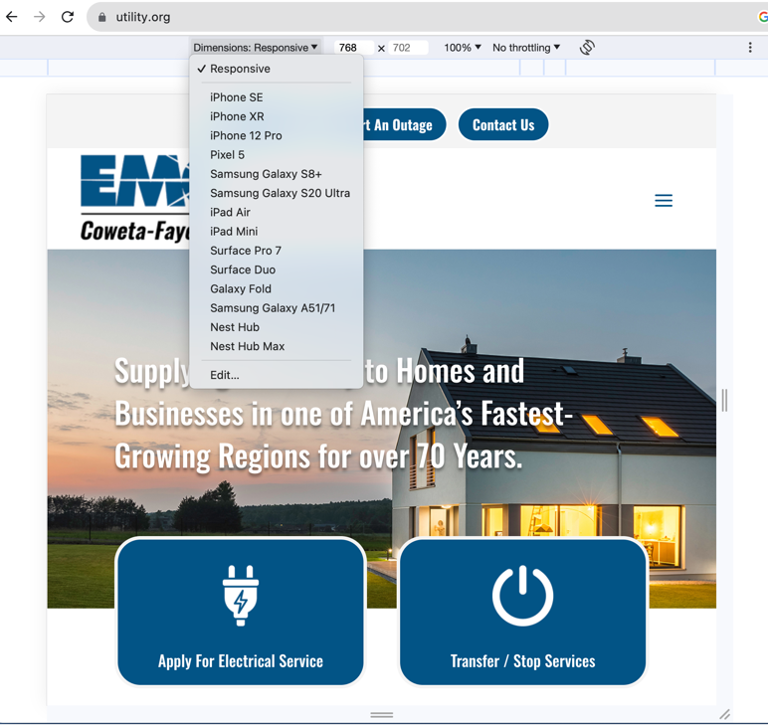
Usability and Content Consumption:
UX design makes your site content easy to find and consume. This is particularly important for WordPress sites, as they often feature many content types, including blog posts, videos, images, and more. A well-organized and user-friendly design can improve content discoverability.

Competitive Advantage:
A WordPress site with superior UX can give you a competitive edge in a crowded online landscape. Users are more likely to choose a place that provides a better experience than one that could be easier to navigate.
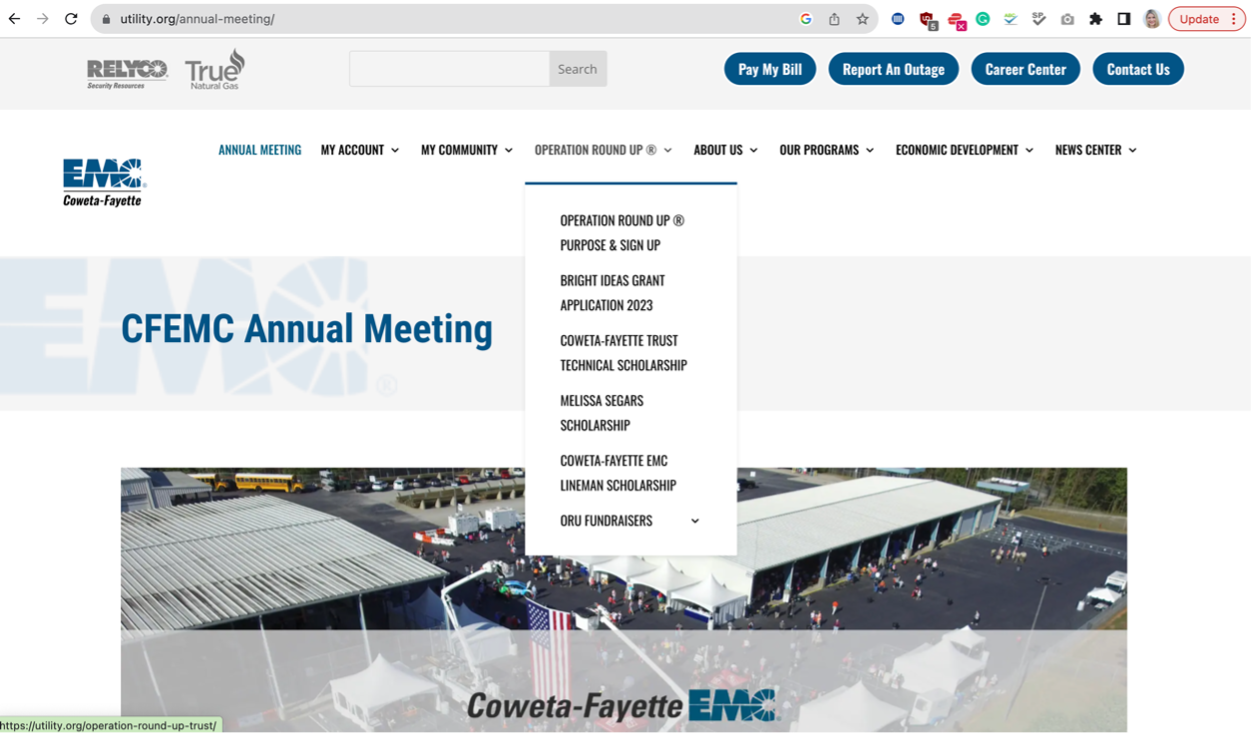
User Feedback and Iteration:
WordPress sites can benefit from ongoing UX improvements based on user feedback and analytics data. Regularly gathering feedback and making iterative improvements to your site design can help it evolve and stay relevant.
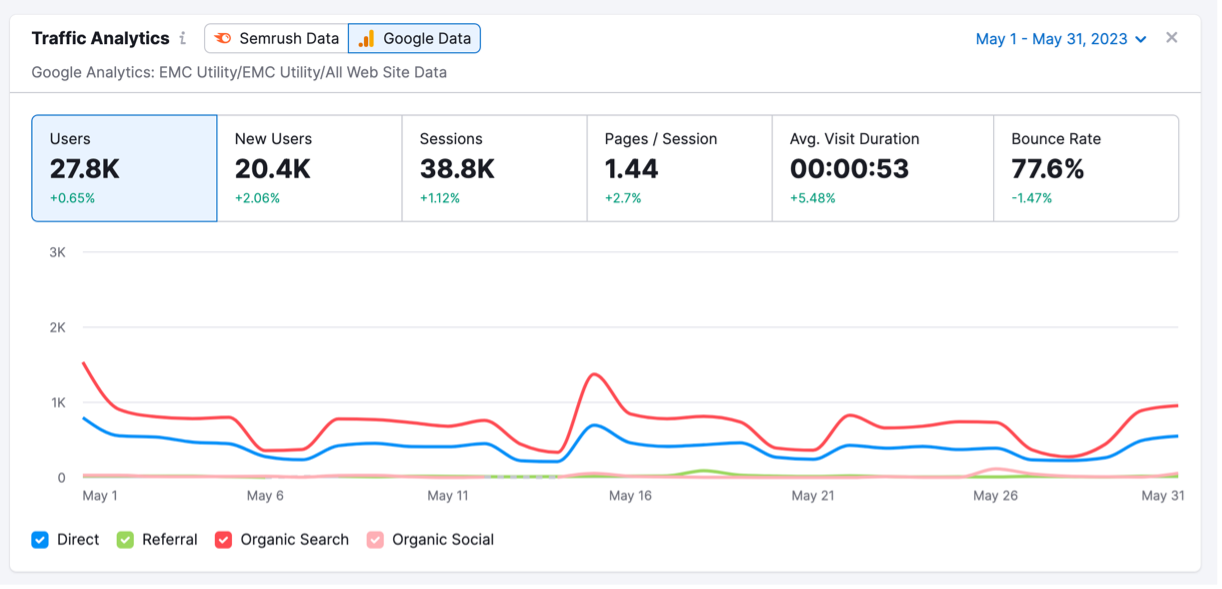
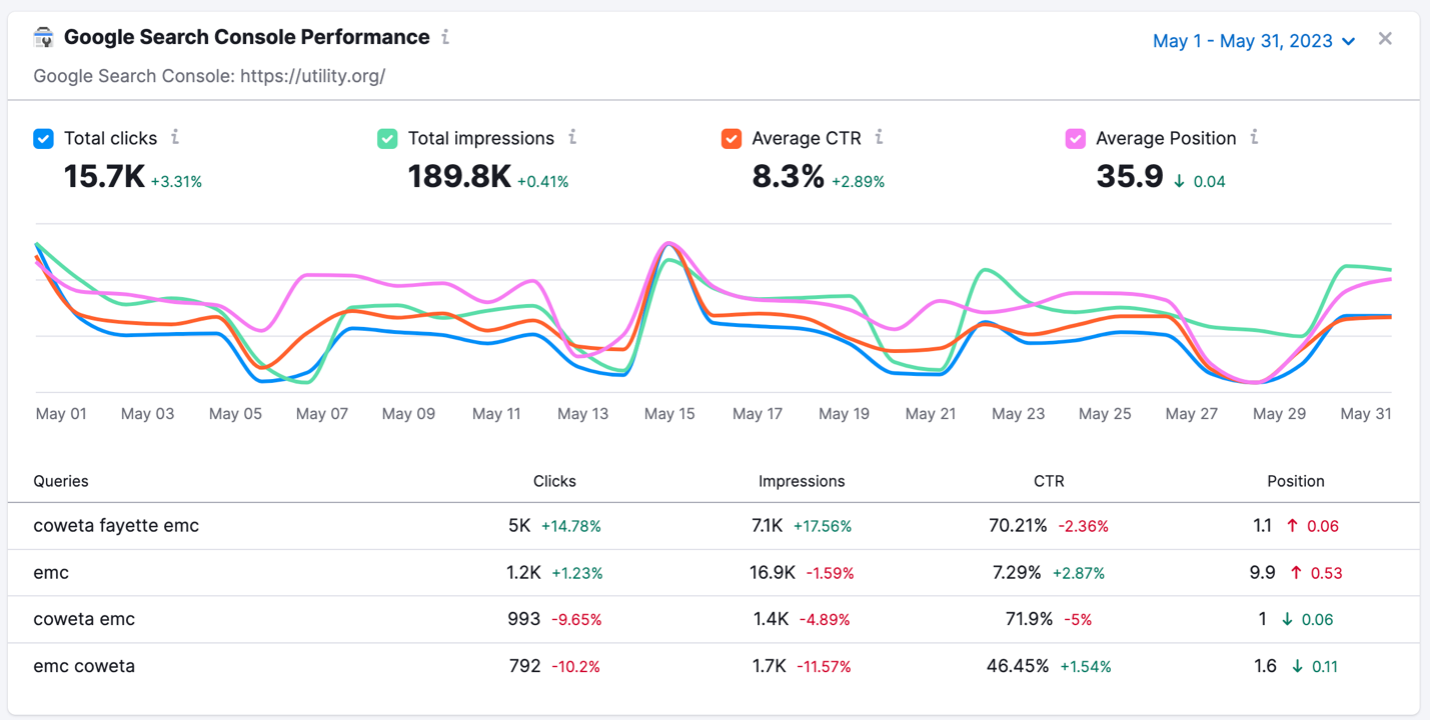
In summary, UX is crucial for WordPress sites because it directly impacts user satisfaction, retention, SEO rankings, accessibility, brand reputation, conversion rates, and overall success in the competitive online environment. A well-thought-out and user-centered design can lead to better outcomes and a more positive online presence for your WordPress site.
Thank you!
My Projects
Showcase of my recent work

